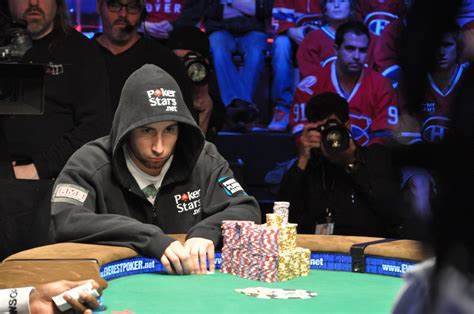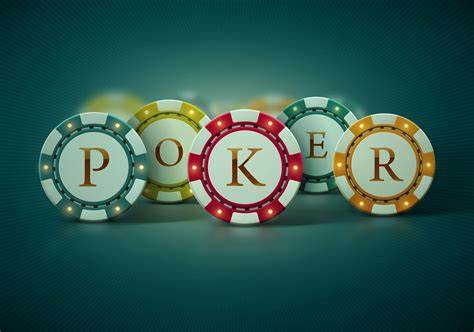Poker: A Game of Incomplete Information
Unlike chess poker is a game of incomplete information. Although you know what cards you have you never know what cards your opponents are holding. However, if you are observant and pay close attention at the table you will be able to pick up information about the value of your opponents hands. These are called poker tells. Using tells, combined with your other poker skills can help you zero in on the hand ranges and give you an edge at the poker table. Poker tells work for most games including Texas Hold’em, Stud and Omaha. For a complete knowledge for poker game you can visit https://koinqq.com/.
Rule 1: Strength Means Weakness
Most players are actors in that they want you to believe the opposite of what they have. Players with very strong hands pretend they have weak hands. This creates the first rule of poker tells: strength means weakness. When a player acts like they have a big hand they really have nothing and are most probably bluffing. Examples of this include being aggressive at the table, slamming the chips into the pot, being loud and leaning into the table. Oversized bets can also be a sign of strength.
Rule 2: Weakness Means Strength
The natural extension of rule 1 is weakness mean strength. Players with weak hands pretend they have strong hands. Examples of this include being timid, very carefully moving chips into the pot, being very quiet and looking away from the table.
Checking and then calling or raising could be a sign of a strong hand – or it could be the sign the player on a draw (to a straight or flush). You have to decide based on the texture of the flop. Are there two consecutive cards? Are there two cards of the same suite? Or does the flop seem to be completely random and uncoordinated? Learning the different changes your interpretation of the tell and how you respond.

Rule 3: A Player Looking At Chips Wants To Bet
When a player after seeing his cards or seeing a flop looks directly at his chips is planning on betting. He likes his hand and is already deciding how much he wants to bet. If you act before him you can use to information to check-raise him if you have a monster, or decide to fold instead of getting involved.
Rule 4: A Player with Shaking Hands Has a Big Hand
Except for the very few pros who have nerves of steel, many people hands will shake when they have a big hand. This is especially true near the end of a tournament or when several people have already raised in front of the player. These hands are usually AA and maybe KK in hold’em. In Stud they could be rolled up trips. In Omaha it is usually AA23 double suited.
This doesn’t mean you automatically fold. Knowing what a player is holding gives you a big advantage. For example in a recent cash game I was holding presto (a pair of fives) in middle position. The player on the button had nervous hands. I limped in, he did a min-raise, the blinds folded and of course I called. If I caught a hand here, hoping for a set (three of a kind), I knew I would take all of his chips. With the implied odds of 30 to 1 it was a easy call. I hit my set, he raised, I went over the top, he went all in and I called. His aces didn’t improve and I won a big pot.
Rule 5: Some Players Are Not Actors
You need to adjust you play when playing against non-actors. Some players act exactly you would hope at the table and are not trying to fool anyone. Look for beginners, drunks and other non-experts to play like an open book. For these players weak really does mean weak and strength does mean strength.
However with beginners sometimes they think they have a strong hand when really all they have is top pair no kicker with four flush cards showing. I have also seen beginners muck the nuts against a strong bet because they don’t know how to read a board.

When Tells Go Bad
Of course you have to watch the players to learn which tells are really tells are which are not. I was in a tournament where I just got moved to a final table. A player in front of me, who I have never played before, looked at his hand and his hands started shaking. He limped in the pot. Another player who was short stacked went all in. I had Ace-Queen – a good hand but way behind a monster like AA, KK or even AK. Without the shaking limper in the pot I would of called the short stacked right away. However, he was giving a tell that he had a very, very strong hand and with no additional information about the player I folded. He called the short stack and flipped over King-Ten – not a very strong hand. The short stack had Ace-Ten and an Ace fell on the flop and he doubled up. It turned out the shaking limper had a medical condition and was shaking the whole time. Without additional information I still think I made the right call, however you always have to balance tell information with other factors including your hand strength and position at the table.
How To Use Tells
Tells are used to put your opponents on a range of hands. Combined with the value of your cards, your position and your pot odds it becomes another variable in your decision process on how to play to your hand. Studying tells and knowing how to use the information can turn a break even player into a winning player.







